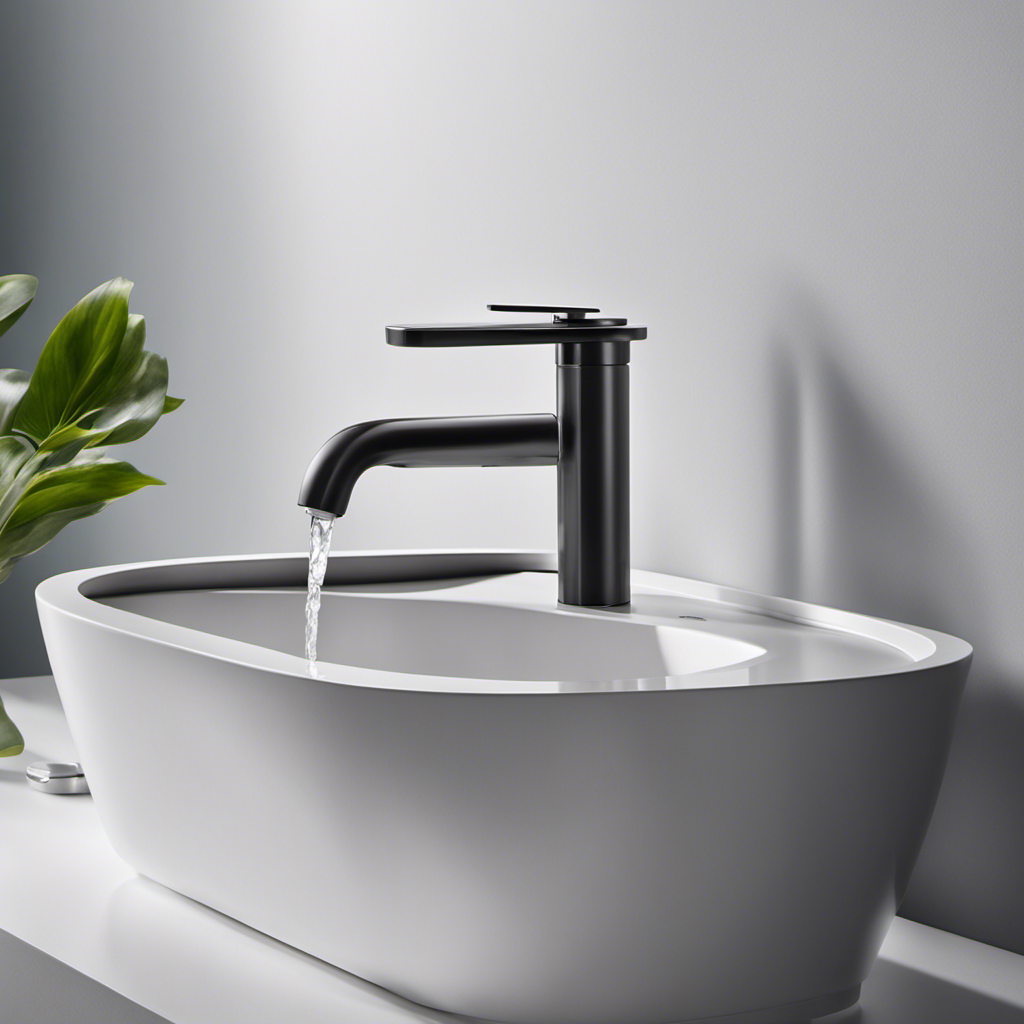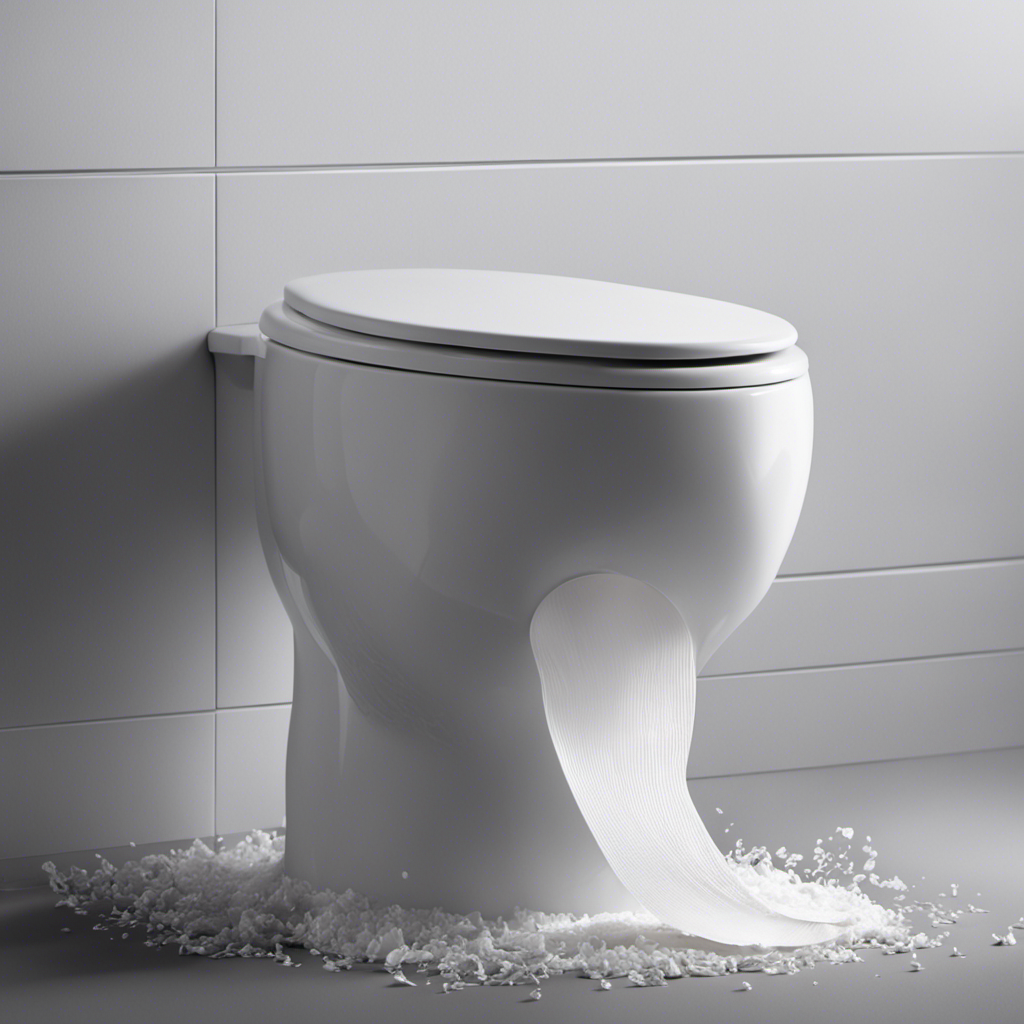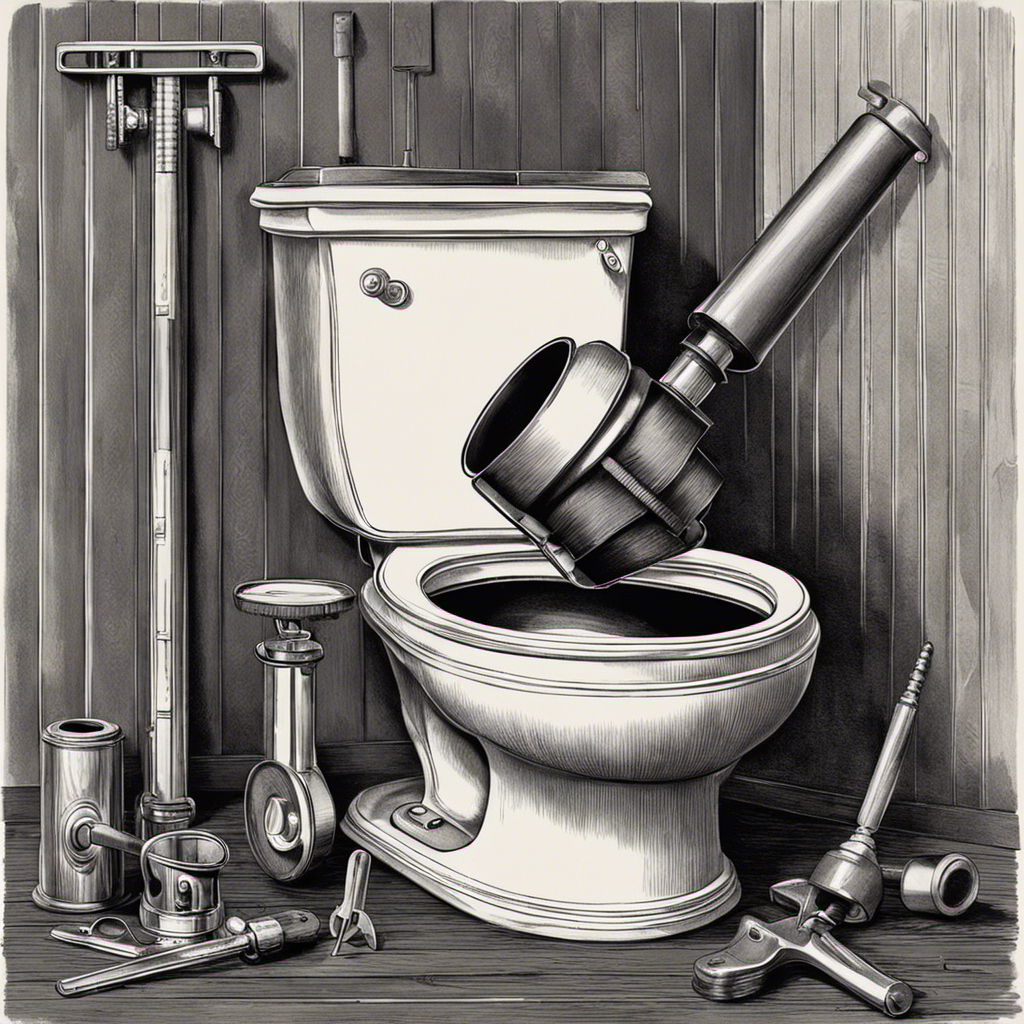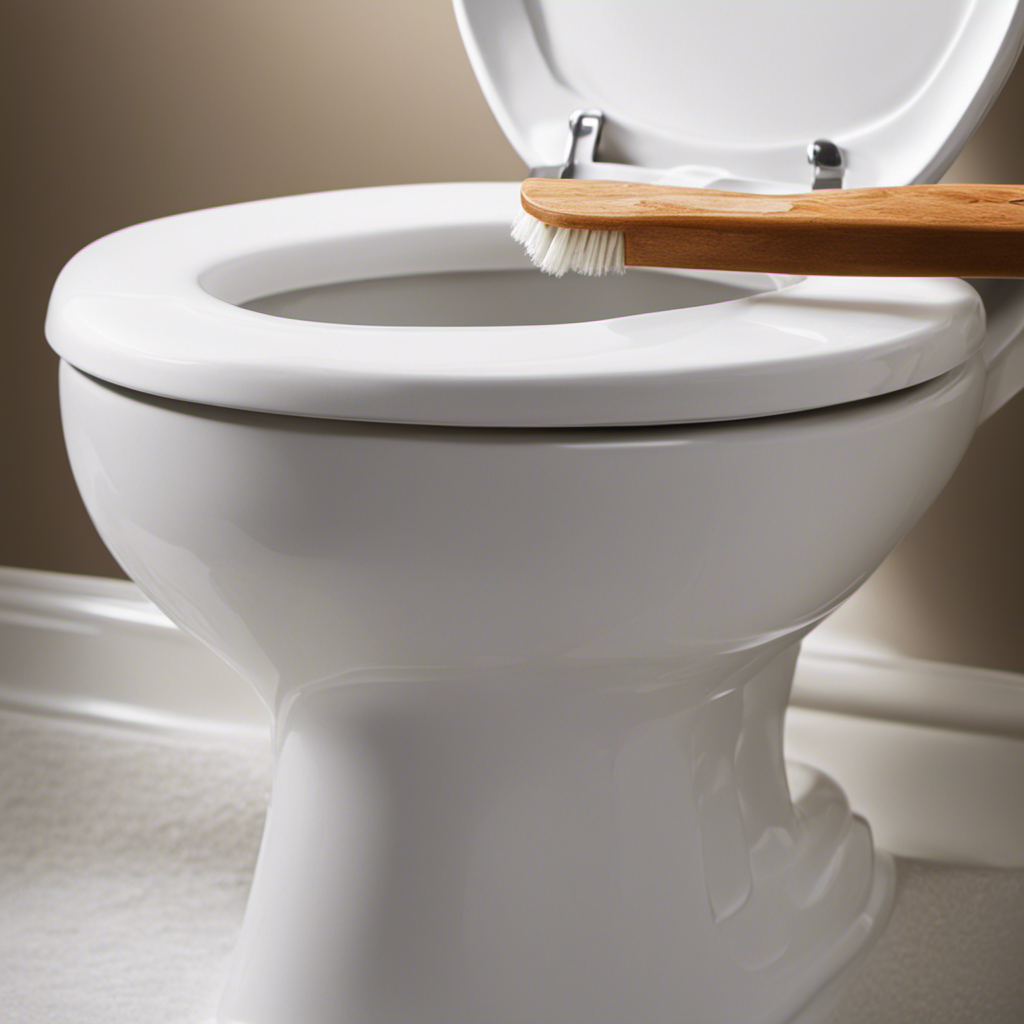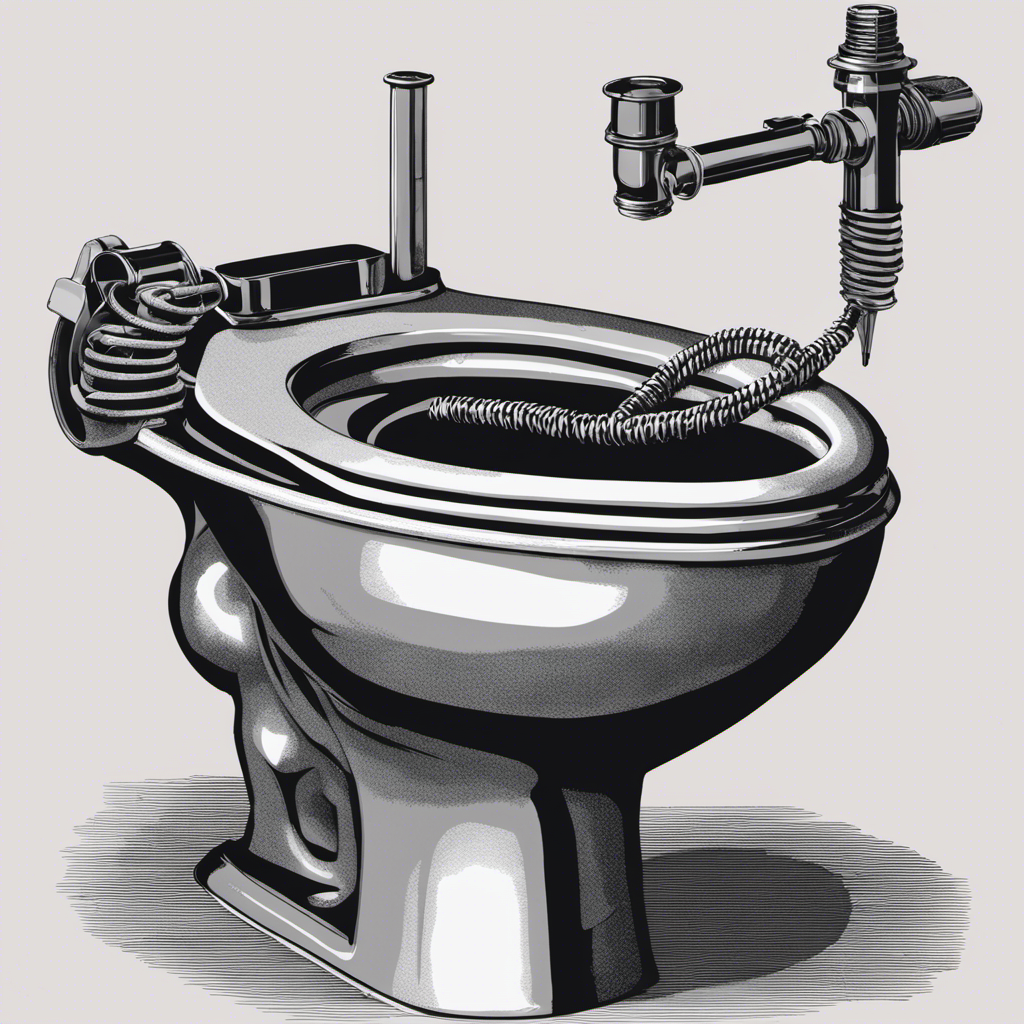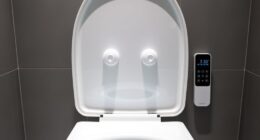As a homeowner, I know the importance of protecting my bathroom pipes from freezing. It’s a problem that can lead to costly water damage and major headaches. That’s why I’ve gathered essential tips for preventing frozen bathroom pipes.
By understanding the risks, identifying key areas in your home that are vulnerable, and taking effective preventive measures, you can ensure that your bathroom pipes stay safe and sound.
So let’s dive in and learn how to protect our pipes from the freezing cold.
Key Takeaways
- Proper insulation is crucial in protecting bathroom pipes from freezing.
- Areas in the home prone to frozen pipes include attics, basements, and pipes running on exterior walls.
- Insulating pipes with pipe insulation is an affordable preventive measure.
- Keeping garage doors closed and opening bathroom cabinet doors can help prevent frozen pipes.
Understanding the Risks of Frozen Bathroom Pipes
Understanding the risks of frozen bathroom pipes is crucial in preventing costly water damage to my home. When the temperature falls below 32 degrees Fahrenheit, water and pipes freeze, making bathroom pipes inside homes vulnerable to freezing.
Common signs of frozen bathroom pipes include cracks or frost on exposed pipes and bad odors from drains. Thawing frozen bathroom pipes is essential to prevent bursting and water damage.
To thaw frozen bathroom pipes, open bathroom cabinet doors to allow heated air to warm the plumbing. Additionally, letting faucets trickle can prevent water in pipes from freezing.
Proper insulation on exterior walls and in cold areas like attics and basements is necessary to protect pipes from freezing. Insulating pipes with pipe insulation, keeping garage doors closed, and maintaining a minimum temperature of 55 degrees Fahrenheit in the house are preventive measures to avoid frozen bathroom pipes.
Factors That Increase the Likelihood of Frozen Pipes
Living in a southern state with inadequate insulation, I experienced frozen pipes during unexpected freezing temperatures. Common causes of frozen pipes include places with inadequate insulation, such as southern states, and cold climates without proper insulation in homes. Factors like neglected heating in attics, basements, and garages also increase the risk of frozen pipes.
To insulate bathroom pipes and prevent freezing, here are some tips:
- Insulate pipes with pipe insulation, which can cost as little as 50 cents per foot.
- Keep garage doors closed to prevent freezing of pipes running through the garage.
- Open bathroom cabinet doors to allow heated air to warm plumbing, especially for pipes connected to exterior walls.
- Let faucets trickle to prevent water in pipes from freezing.
- Maintain a minimum temperature of 55 degrees Fahrenheit in the house to prevent pipe freezing.
Key Areas in Your Home Vulnerable to Frozen Pipes
When it comes to protecting my home from frozen pipes, I’ve learned that certain areas are more vulnerable than others.
One key area that is prone to freezing is the attic. Attics are generally colder spaces in homes, and this cold temperature can affect the bathroom pipes running through them. It is crucial to insulate attics properly to prevent frozen pipes and potential burst pipes.
Another area that requires attention is the basement. Similar to attics, basements tend to be colder, making the bathroom pipes running through them susceptible to freezing. Neglected heating in these areas increases the risk of frozen pipes.
To prevent burst pipes, it is essential to insulate both attics and basements adequately. By insulating these areas, homeowners can protect their bathroom pipes and avoid costly water damage.
Protecting Bathroom Pipes on Exterior Walls
I’ve found that insulating the exterior walls is crucial to safeguarding my bathroom pipes from freezing. Identifying frozen pipes and recognizing the signs and symptoms of frozen pipes is essential for homeowners.
Here are some key points to consider:
-
Identifying Frozen Pipes:
-
Check for any cracks or frost on exposed pipes.
-
Bad odors from drains can indicate a frozen pipe.
-
Signs and Symptoms of Frozen Pipes:
-
No water or very little water coming out of faucets.
-
Strange noises or banging sounds coming from pipes.
-
Decreased water pressure throughout the house.
-
Frost on visible pipes.
By understanding these signs and symptoms, homeowners can take immediate action to prevent further damage and protect their bathroom pipes from freezing.
Insulating the exterior walls and promptly addressing any frozen pipe issues can save homeowners from costly repairs and water damage.
Effective Preventive Measures for Avoiding Frozen Bathroom Pipes
To avoid frozen bathroom pipes, I regularly insulate the exposed pipes with affordable pipe insulation and keep my garage doors closed.
Insulation is one of the most effective methods for preventing frozen bathroom pipes. By insulating the pipes, you provide a barrier that helps retain heat and prevent freezing. Pipe insulation is available at a low cost, usually around 50 cents per foot, making it a cost-effective solution.
Another important aspect of preventing frozen pipes is being aware of the common signs. Cracks or frost on exposed pipes are indicators of frozen pipes. Additionally, bad odors from drains can also suggest a frozen pipe. By recognizing these signs, you can take immediate action to prevent further damage.
Frequently Asked Questions
What Are the Signs of a Frozen Bathroom Pipe?
Signs of a frozen bathroom pipe include cracks or frost on exposed pipes and bad odors from drains. Common causes of frozen pipes are inadequate insulation and cold climates. To prevent freezing, insulate pipes and maintain a minimum temperature of 55 degrees Fahrenheit.
Can I Use a Space Heater to Prevent My Bathroom Pipes From Freezing?
Yes, you can use a space heater to prevent bathroom pipes from freezing. However, it’s important to consider the effectiveness and potential drawbacks of using space heaters for pipe protection.
Is It Necessary to Insulate Bathroom Pipes That Are Located in a Heated Area of the House?
Yes, it is necessary to insulate bathroom pipes located in heated areas. Pipe insulation is effective in preventing freezing, reducing the risk of bursting, and saving homeowners from costly water damage.
How Can I Thaw a Frozen Bathroom Pipe Without Causing Damage?
To thaw a frozen bathroom pipe without causing damage, try using a hairdryer or heating pad. Prevention methods like insulation and keeping a minimum temperature of 55 degrees Fahrenheit can help avoid freezing in the first place.
Are There Any Alternative Methods to Prevent Bathroom Pipes From Freezing if Insulation Is Not an Option?
Yes, there are alternative methods to prevent bathroom pipes from freezing if insulation is not an option. One option is to use a heat tape solution, which helps to keep the pipes warm and prevent freezing.
Conclusion
In conclusion, taking preventive measures to protect your bathroom pipes from freezing is essential in order to avoid costly property damage. By insulating the pipes, keeping garage doors closed, and opening bathroom cabinet doors, you can significantly reduce the risk of frozen pipes. Additionally, letting faucets trickle and maintaining a minimum temperature of 55 degrees Fahrenheit in your house are effective ways to prevent freezing.
Did you know that according to the Insurance Institute for Business & Home Safety, the average cost of a burst pipe claim is around $10,000? Taking these simple steps can save you from this financial burden and keep your bathroom plumbing running smoothly.
Stay informed and take action to prevent frozen bathroom pipes.

